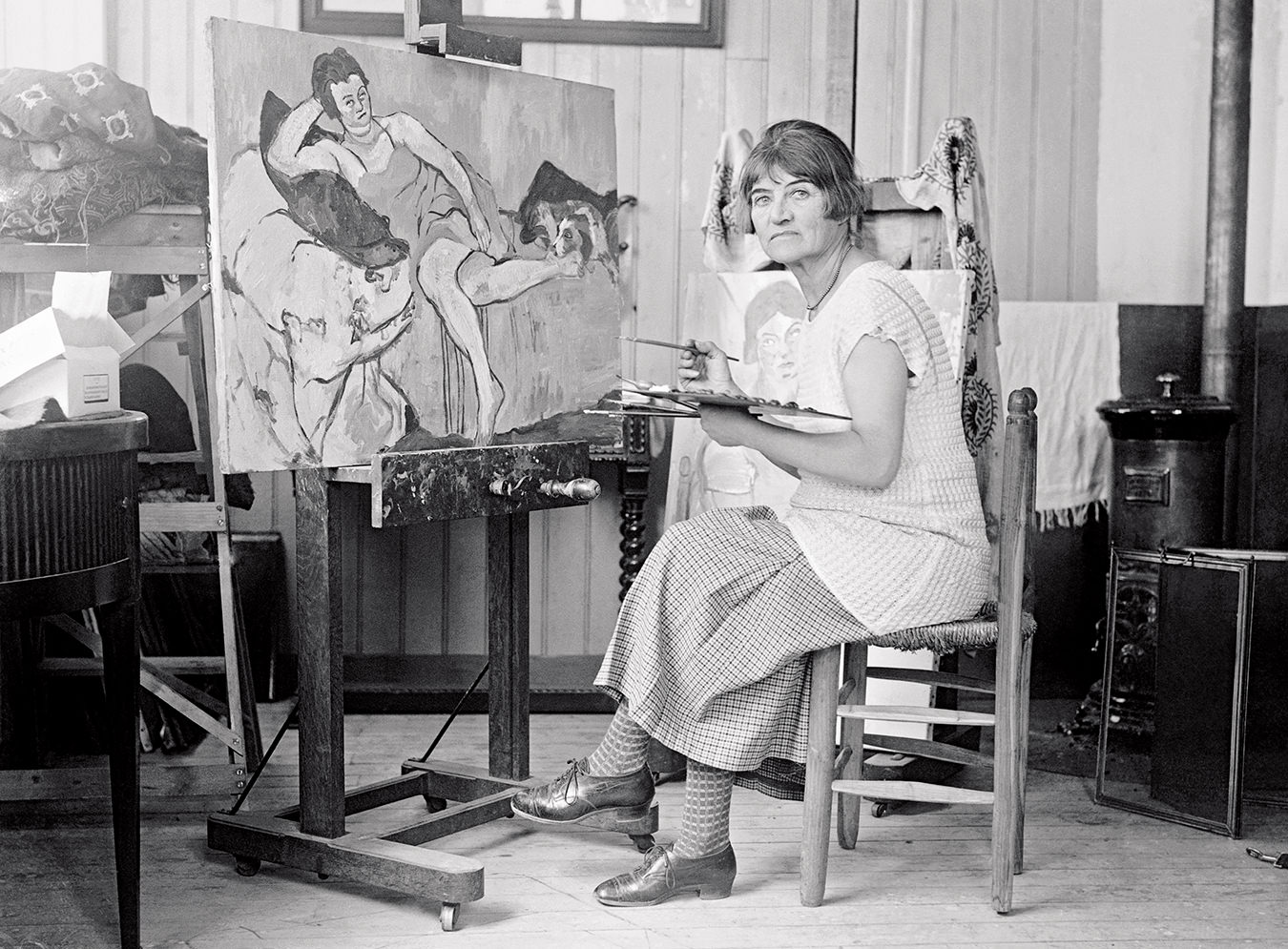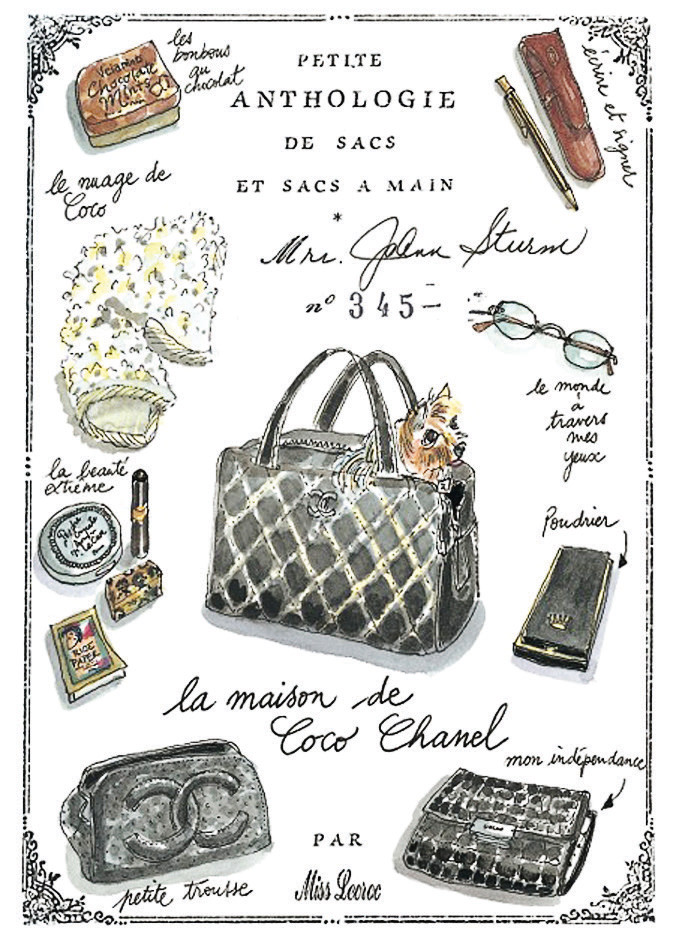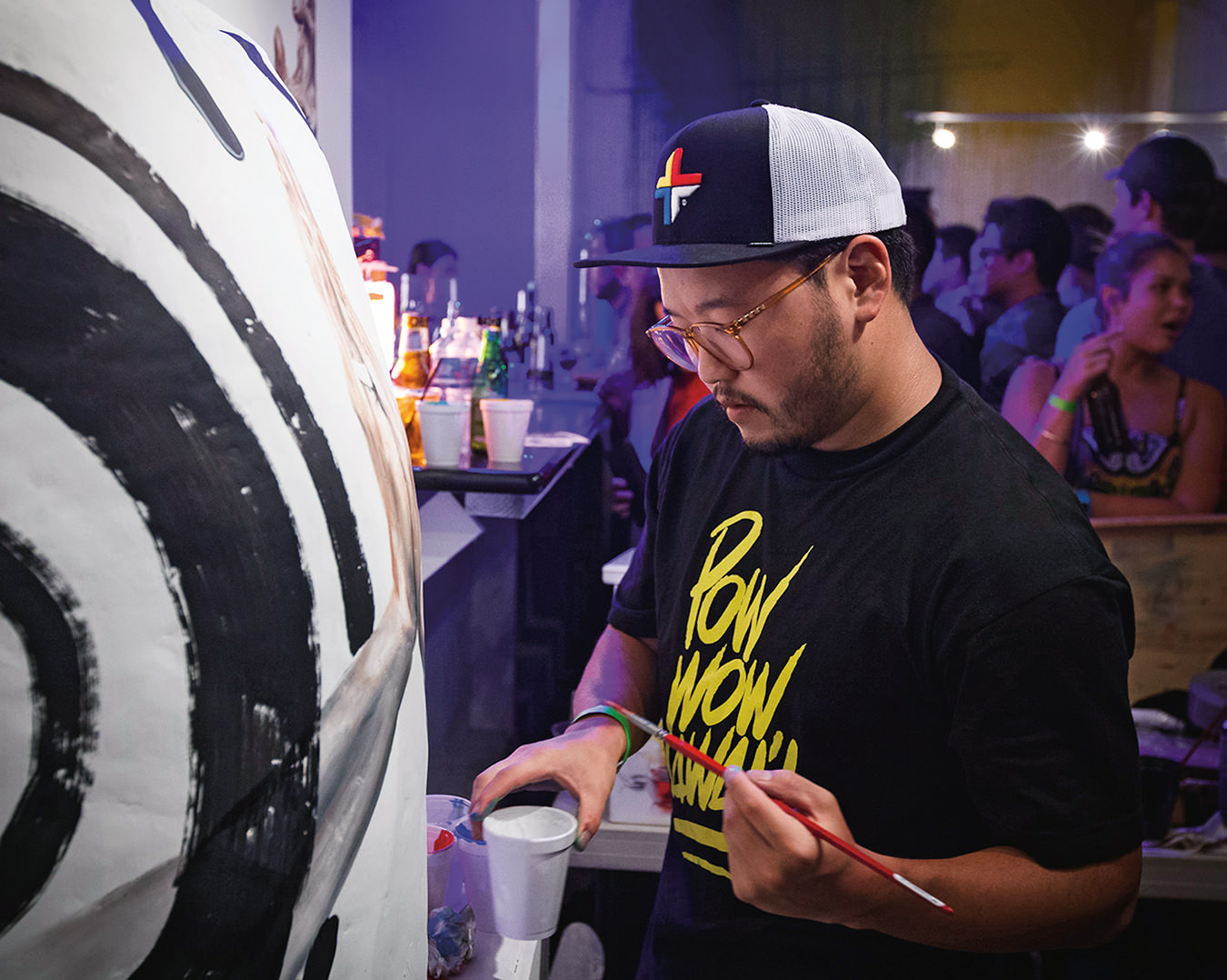Artist Suzanne Valadon Was (and Still Is) the Heart of Montmartre
Artist, mother, muse, and lover.

Photo: ©Bettman/Corbis.
Suzanne Valadon has been associated with the streets of Montmartre— from the days of the Paris Commune in 1871, far beyond her death in 1938, to the present day. She was born in Bessines in 1865, as Marie-Clémentine; her birth certificate listed her mother as a maid, her father as “unknown”.
When she was four, her stepfather, a small-time crook, was busted for counterfeiting and sent to the penal colonies in French Guiana, after which mother and daughter relocated to Montmartre. The area had only recently become part of the city of Paris, and barns and farmhouses shared the top of the hill with cafés, studios, and dance halls with sawdust floors. Artists had flocked to Montmartre because of the cheap prices and great views of the city. Two-bit circuses performed in the squares; painters set up their easels on the corners and worked alongside the buskers. Théophile Gautier called it “the opera of the streets.”
Young Marie was a wild tomboy, and usually in trouble. At age seven she began to draw using charcoal fallen from coal wagons; the sidewalks became her sketch pads. To attract attention and in hopes of making a few centimes, she took to hanging around Père Lachaise Cemetery on days that there were funerals. She summoned up her best woebegone expression and sometimes broke into tears, which on occasion brought her a few coins from mourners who thought she was connected to the departed.
The mother, who supported them by taking in sewing, put the girl in a convent school hoping to tame her down. It didn’t work. Marie fell in love with the poetry and life story of François Villon. When she was 10 years old, Marie was taken out of the convent and put to work decorating women’s hats; later she waited on tables, sold vegetables at Les Halles market, and made funeral wreaths in a factory, but all the time she was drawing. Later she recalled, “At age eight I wanted to grasp and hold the trees and their limbs so that I could keep them forever.”
Marie liked to follow behind parades, doing flips and turning cartwheels; sometimes she did handstands on the horses’ backs. Her antics attracted the attention of the circus owner Ernest Molier, who trained her to be a performer. While learning the trapeze, she appeared in pantomimes and danced nude in front of men. By the time she was 15 years old, Marie was a full-fledged trapeze artist and probably would have remained with the circus, but after a year, she suffered a bad fall that ended her career.
Years later, when asked how she survived her tough early life, she merely shrugged and said, “In order to achieve greatness one must take the hard knocks.”
While recuperating, she decided to devote her life to art, a seemingly impossible dream for a working-class woman in 1881. There were few female painters at the time; all were from the upper-middle class, and had the money for lessons and leisure to pursue their hobby. Marie-Clémentine had no money for art classes and no women to look up to. She had only her will. Of course, a mere glance at a photograph of her as a young or even middle-aged woman indicates she had something else to offer: a beautiful face and a curvaceous figure. But unlike many another adventuresome female scalawags, she did not use these attributes to get by, although she certainly used them for enjoyment.
A model friend of hers took her around to artists’ studios, and Marie joined the other girls on Sundays at a sort of unofficial models’ market in the Place Pigalle. There, she attracted the attention of the very popular painter Pierre Puvis de Chavannes and began to model for him, as she soon would for Renoir, Degas, Toulouse-Lautrec, Modigliani, and many lesser-known artists. She was short and curvy and had what one commentator called “luminous blue eyes that attracted men like flies.”
In December 1883, Marie gave birth to a son; as on her own birth certificate, the father was given as “unknown”. There has been endless speculation over the matter of paternity. The most frequently named candidates consist of several art students, the postman, Renoir, and Degas, for whom she had been modelling for at least a year before the boy was born. Stories about the child’s parentage were soon making the rounds of Montmartre. One of the stories goes that after the child’s birth, Marie took him to Renoir, who said, “It can’t be mine, the colour is terrible.” Next she visited Degas: “He can’t be mine, the form is terrible.” Then she ran into a young painter named Miguel Utrillo and told him her troubles. He replied, “I would be glad to put my name to the work of either Renoir or Degas.”
After a few years, Miguel Utrillo legally adopted the boy, who grew up to be the famous painter (and alcoholic) Maurice Utrillo.
By now, calling herself Suzanne (when she was 19, her friend Toulouse-Lautrec urged her to change her name), the tempestuous artist got involved with the young composer Erik Satie, who was devastated by her when they met and was devastated by her when she broke up with him, during which time he wrote her 300 letters. He was extremely jealous, particularly of her penchant for appearing in nightclubs wearing nothing but a mask. Satie wrote his famous piece “Vexations” about Suzanne, and was never to have another love affair.
During all her liaisons, Suzanne kept working and caring for Maurice, an awkward and unhappy boy. She could not afford to pay models, so time and again she painted Maurice, as well as her mother. Then, after a life of poverty, Suzanne, at the age of 31, in 1896, suddenly married a wealthy stockbroker named Paul Mousis. Her friends didn’t understand it, but Mousis was a solid manly man, a relief from wishy-washy artists, and she thought that without financial worries, and with homes in the city and country, she could get a lot of painting done. Yet for nearly 10 years, she did very little work—although, ironically, her career began to flourish, due to Degas’s encouragement and the interest of the dealer Ambroise Vollard.
When Suzanne was asked how she survived her tough early life, she merely shrugged and said, “In order to achieve greatness one must take the hard knocks.”
Her marriage lasted until 1910. One afternoon, her inebriated son Maurice, was brought home by another young man and would-be painter, André Utter. The friend and the mother fell in love on the spot. The fact that the man was 21 years younger did not matter at all. Suzanne later wrote that meeting André meant “a renewal” of her life, and for the first time her passion was equal to that of the man. She threw over her homes and marriage and resumed a bohemian life with André in Montmartre. When Adam and Eve, Suzanne’s painting of herself and André, was shown, it marked the first time a painting of a naked man and a naked woman together was ever exhibited in public by a female painter.
When André enlisted in the army at the outset of the First World War, the couple was married so that Suzanne could get the wife’s allowance. She became close friends with Modigliani, about whom she was always discreet. For his part, Modigliani claimed, “She is the only woman who ever understood me.”
Over the previous 10 years, Suzanne’s son, Maurice, had become more of a drunk and more of a success, at least financially, with his painting. He was in and out of jail and asylums while his paintings flew off the walls. When the war ended, André, Suzanne, and Maurice pooled their resources and bought a house together. Suzanne also purchased a Panhard touring car, and fed sirloin to her dogs and caviar to her cats. She became notorious for throwing a huge picnic in the Paris Métro, spontaneously picking 50 children off the streets and taking them to the circus, and giving money to every clochard (vagrant) she encountered. This did not sit well with her husband, who was upset at always having to bail Maurice out of jail, and by being the third most well-known painter in the family.
Suzanne turned 60 in 1925, and André turned to other women. Once, upon discovering that her husband intended to take one of his girlfriends to their country home, Suzanne followed and caught the couple in bed. As the story goes, she locked them in the room and kept them there for a week. For food they had to lower a bucket down from their window. Suzanne filled it with boiled cabbage.
Suzanne’s habits became more and more eccentric, her exploits more and more antic. When she was young and beautiful, her activities were considered titillating, but in her later years, people found her embarrassing. She clothed herself in rags, walked around in huge moccasins, smoked a pipe, and flirted with everything in pants. But at age 70, she found a new man, a Russian half her age who painted and played the guitar. He was called Gazi and he did her shopping, cooked her meals, and serenaded her with songs that he wrote. When the romance was but a year old, Suzanne went into the hospital with diabetes.
In 1938, a couple of weeks before she died, Suzanne told her friend Francis Carco, chronicler of Montmartre, that her satisfaction lay in the fact that “I have never surrendered. I have never betrayed anything I believed in.”
She died at her easel in March 1938. The newspaper Le Figaro announced “the death of the wife of painter André Utter and mother of Maurice Utrillo.”
Should one want to tour the streets of Montmartre where Suzanne walked, one might start out at the bottom of the hill, at Place Suzanne Valadon. The house where she lived much of her life, on rue Cortot, is now the Musée de Montmartre. There is also an asteroid named for her: 6937 Valadon. This is entirely fitting because she was her own bright, small planet and in no one else’s orbit.
Photo ©Bettman/Corbis.
_________
Never miss a story. Sign up for NUVO’s weekly newsletter here.



